Luxembourg underground
The most beautiful underground in Europe to explore, Underground cave, mine, military,
Najpiękniejsze podziemia w Europie do zwiedzania, kopalnie, jaskinie, katakumby,
Bock Casemates
In 963, Count Siegfried built a fortified castle on the Bock promontory, which was soon to become the cradle of the city. In the course of the centuries, on the western side, mighty ring walls were added, which, however, did not foil the Burgundians in their attempt to conquer the city in 1443. The best builder-engineers of the new masters (the Burgundians, the Spaniards, the French, the Austrians and the German Confederation) eventually turned the city into one of the most powerful emplacements in the world, the "Gibraltar of the North". Its defences were bolstered by three fortified rings with 24 forts, 16 other strong defensive works and a unique 23 km long network of casemates: these could not only shelter thousands of soldiers and their horses, but also housed workshops, kitchens, bakeries, slaughter-houses etc. In 1867, after the declaration of neutrality,the military withdrew from the fortress and during the following 16 years 90% of the defences were demolished. In 1875, the superstructure of the Bock, a tremendous construction, was razed. However, it proved to be impossible to blow up the casemates, without also demolishing part of the city, so the entrances and the key connecting galleries were sealed. In spite of this, 17 kilometres of tunnels remain, often on different levels and tremendous stairways penetrate up to 40 metres inside the rock face.
Kazamaty Luxemburga
Miejsce które stało się zalążkiem przyszłego miasta Luksemburg
W 963 hrabia Siegfried zbudował ufortyfikowany zamek na cyplu Bock, który wkrótce stał się kolebką miasta. W ciągu stuleci po stronie zachodniej dodano potężne mury pierścieniowe, które jednak nie zatrzymały Burgundów próbujących podbić miasto w 1443 roku. Najlepsi budowniczowie-inżynierowie (Burgundowie, Hiszpanie, Francuzi, Austriacy i Konfederacja Niemiec) w końcu zamienili miasto w jedno z najpotężniejszych miejsc na świecie, „Gibraltar Północy”. Jego obronę wzmocniły trzy ufortyfikowane pierścienie z 24 fortami wraz z 16 innymi silnymi punktami obronnymi. Powstała także wyjątkowa sieć kazamat o długości 23 km: mogły one nie tylko pomieścić tysiące żołnierzy i ich koni, ale także mieściły warsztaty, kuchnie, piekarnie, rzeźnie, domy itp. W 1867 r., po ogłoszeniu neutralności, wojsko wycofało się z twierdzy, a przez następne 16 lat 90% budowli obrony zostało rozebranych. W 1875 r. Nadbudówka Bocka, olbrzymia konstrukcja została zrównana z ziemią. Okazało się jednak, że wysadzenie kazamatów nie było możliwe bez rozbiórki części miasta, więc wejścia i kluczowe galerie łączące zostały zamknięte. Mimo to pozostało 17 kilometrów tuneli, często na różnych poziomach, a ogromne schody prowadzą w ścianę skalną do wejścia znajdującego się 40 metrów wyżej .
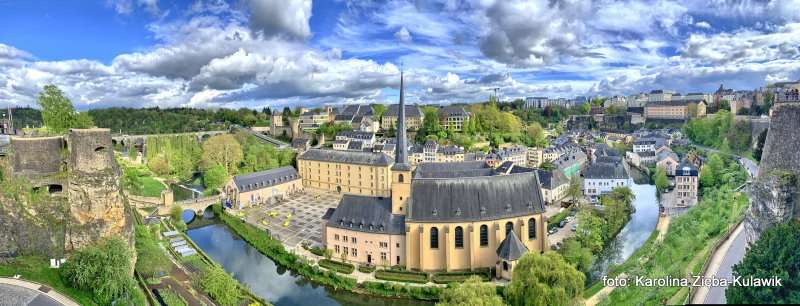
https://www.luxembourg-city.com/en/place/fortifications/bock-casemates
https://www.visitluxembourg.com/en/place/castle/bock-casemates-luxembourg
Montée de Clausen
L-1343 Luxembourg City
Tel.: +352 22 28 09
Fax: +352 46 70 70
www.luxembourg-city.com
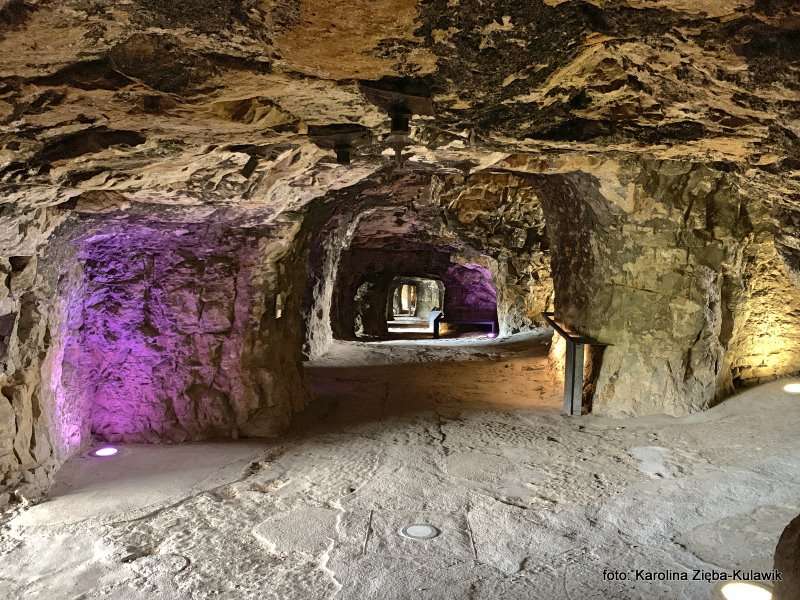
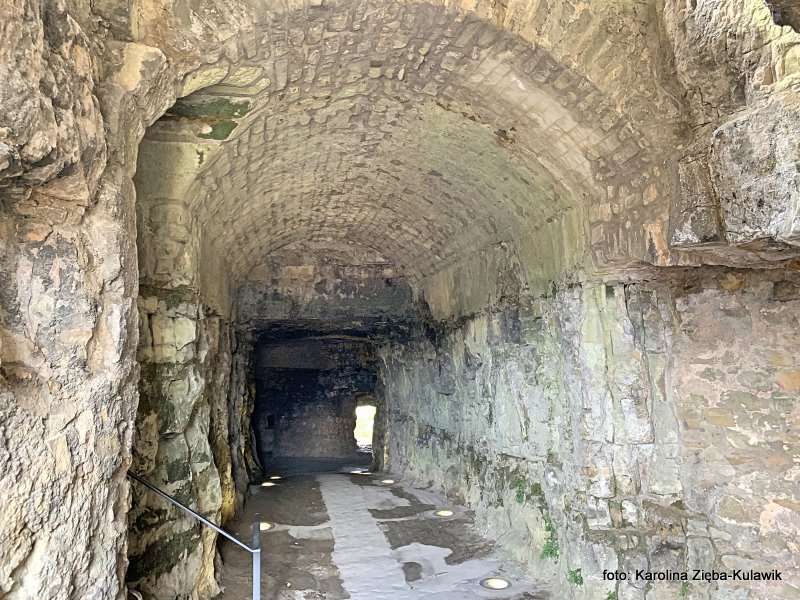
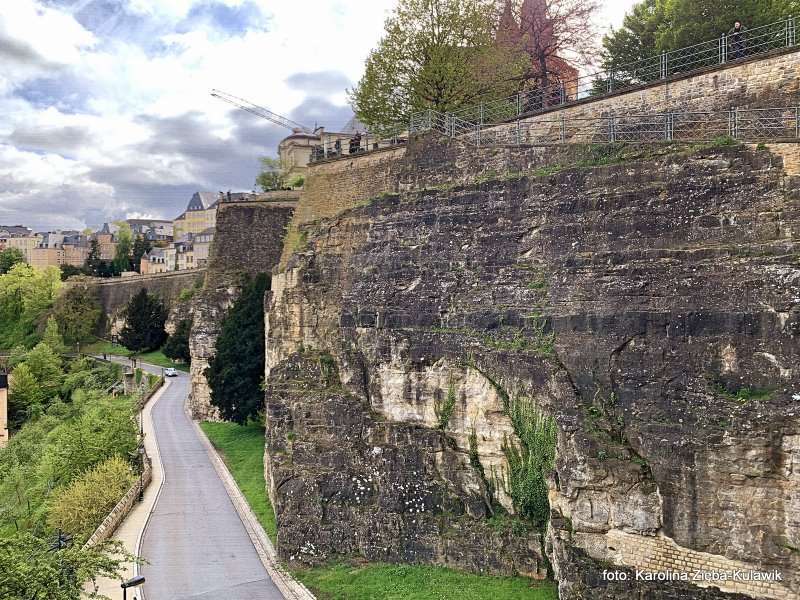
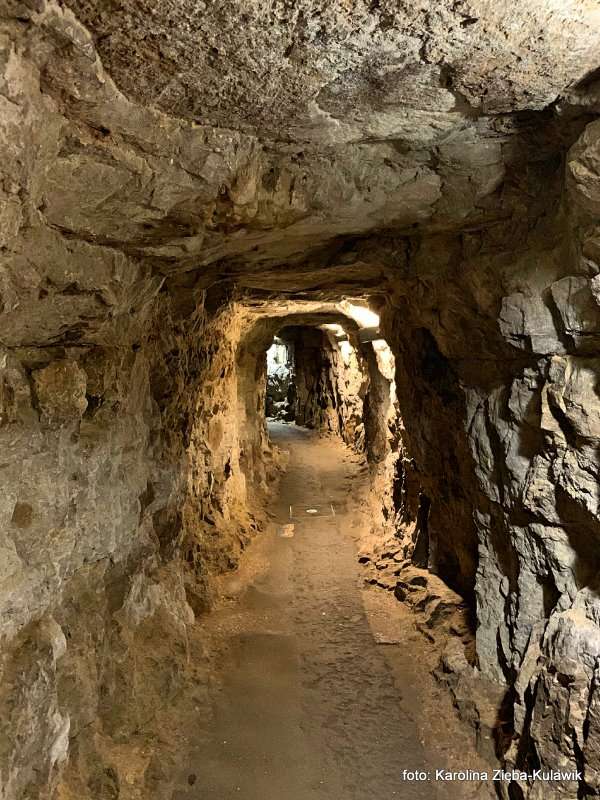
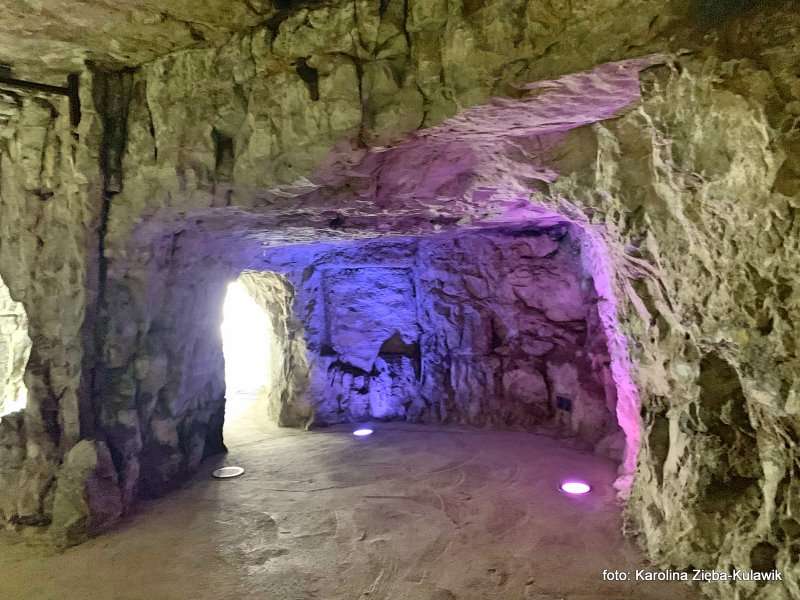
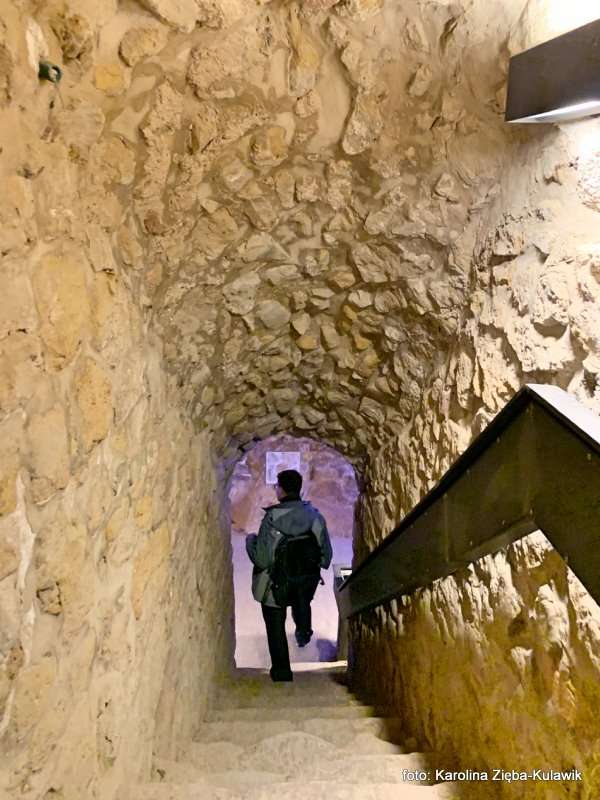
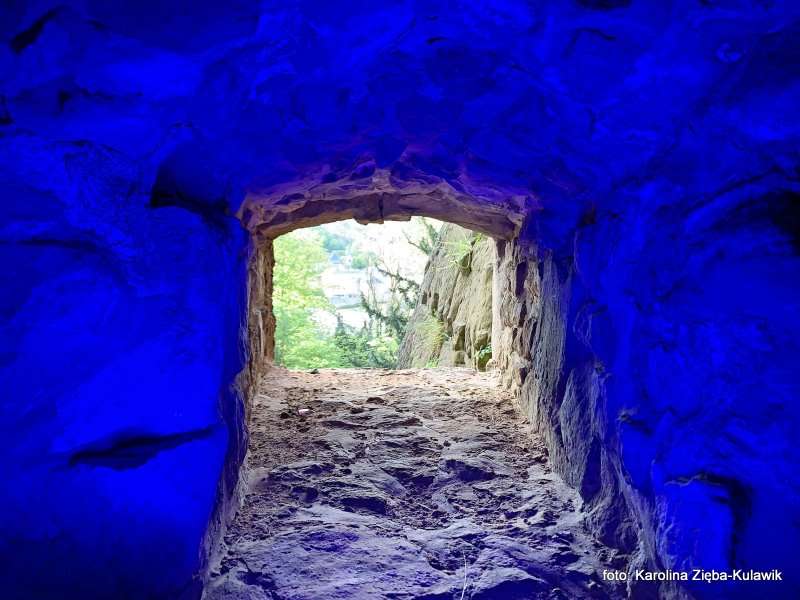
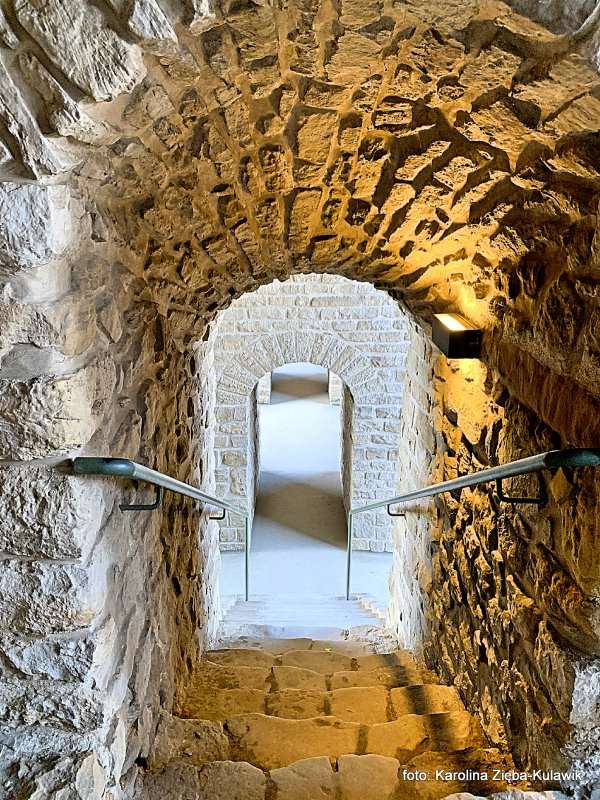
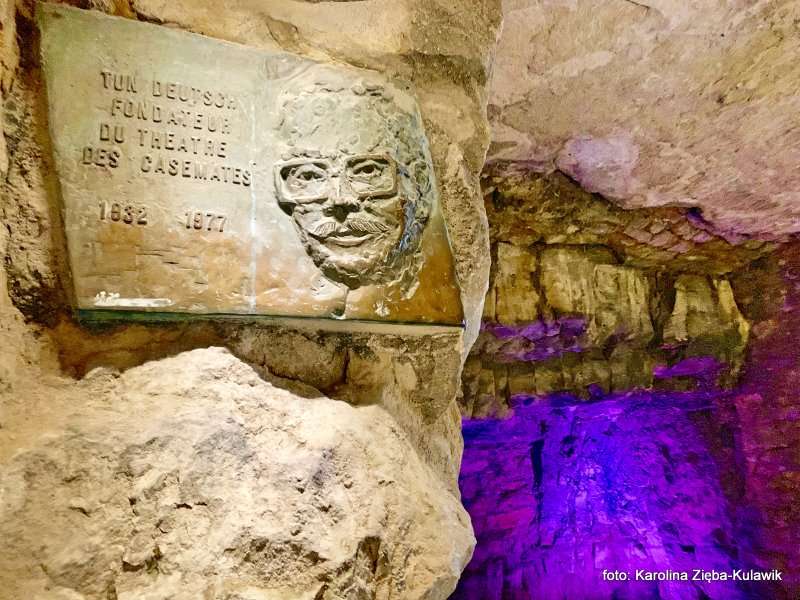
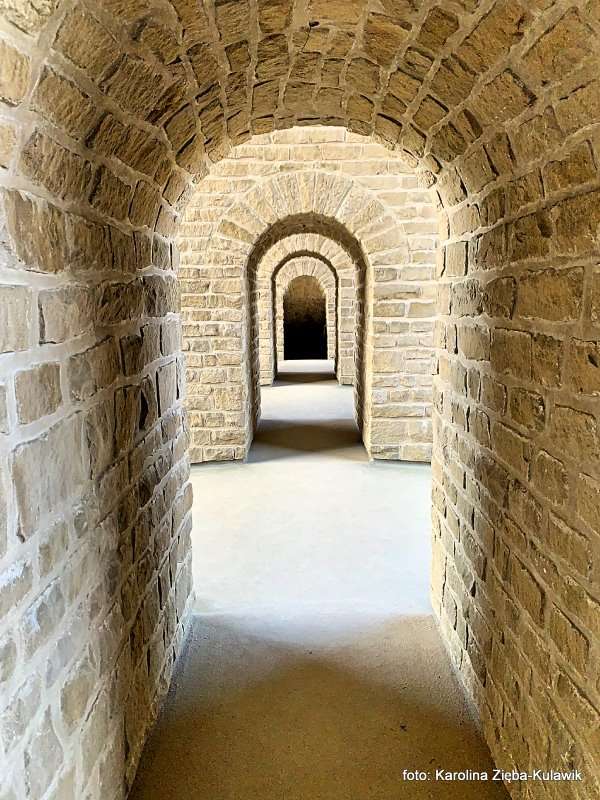

#Luxembourgunderground


